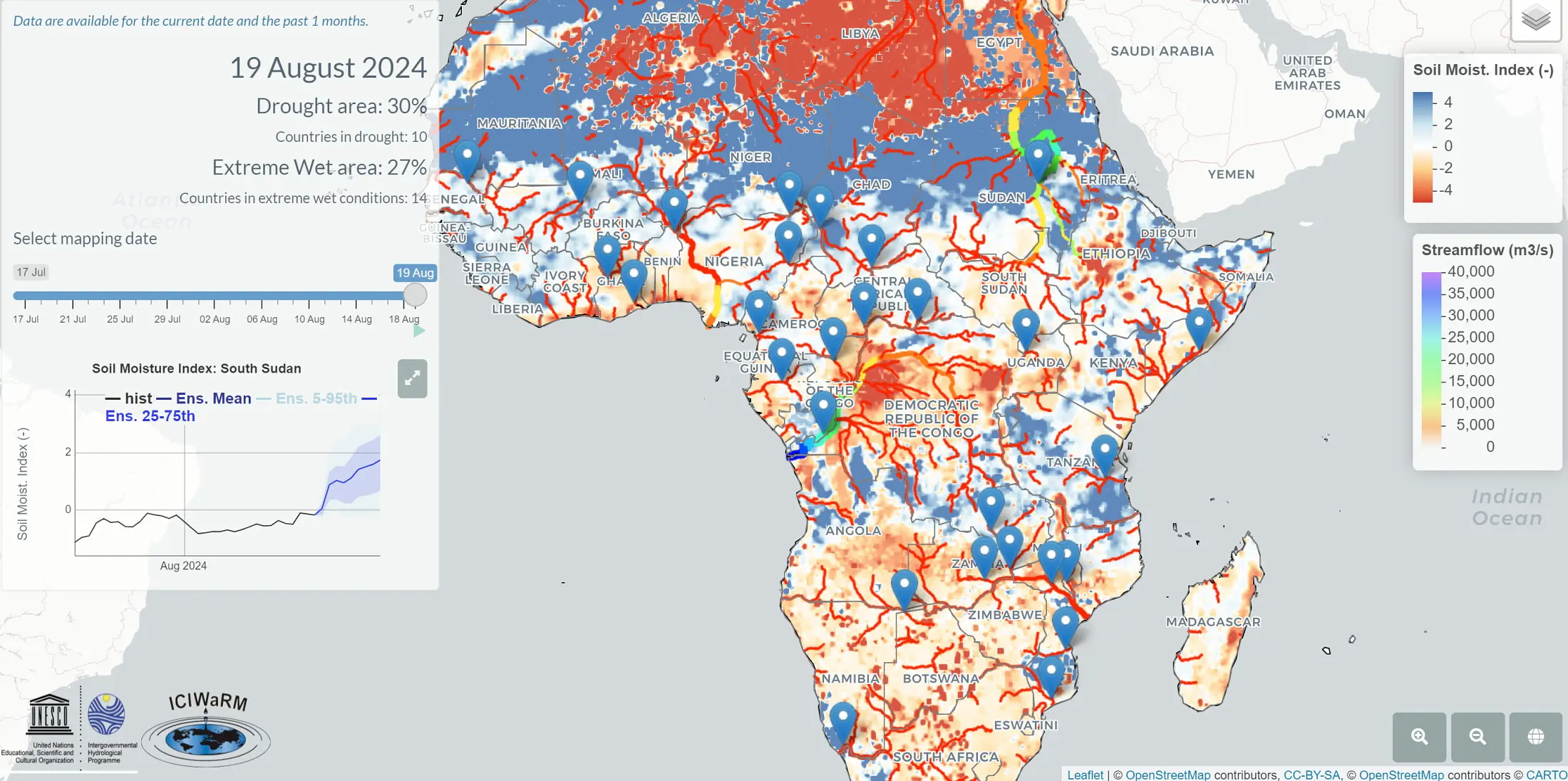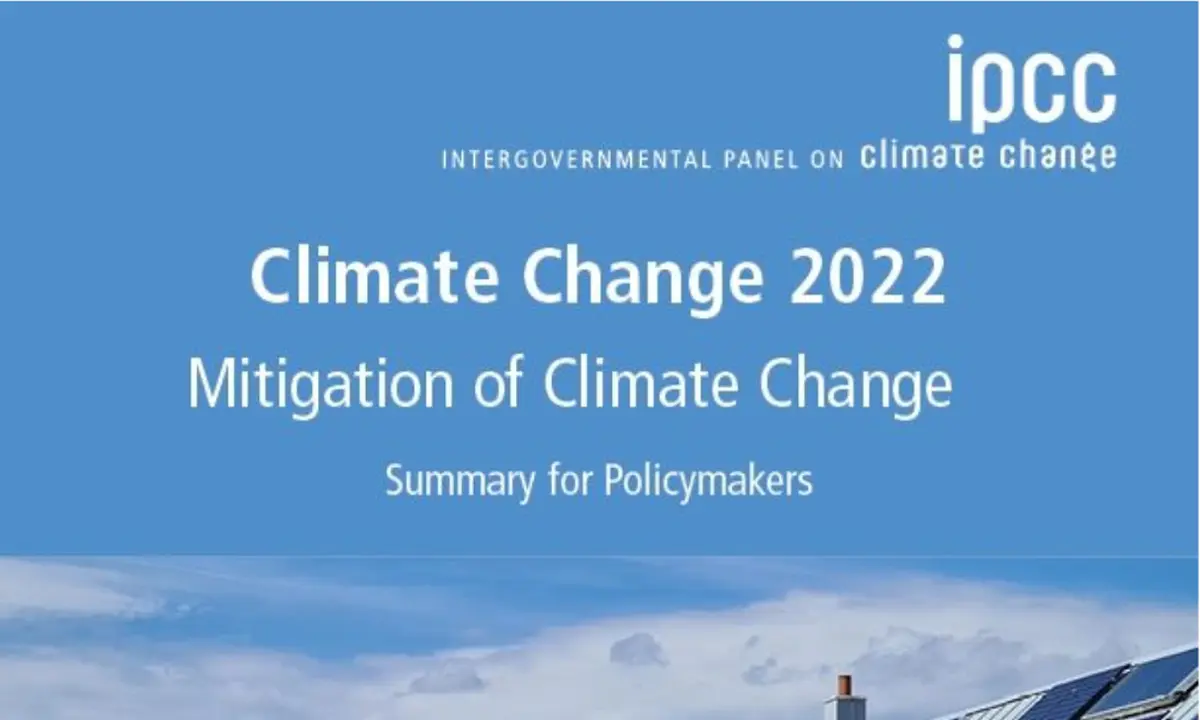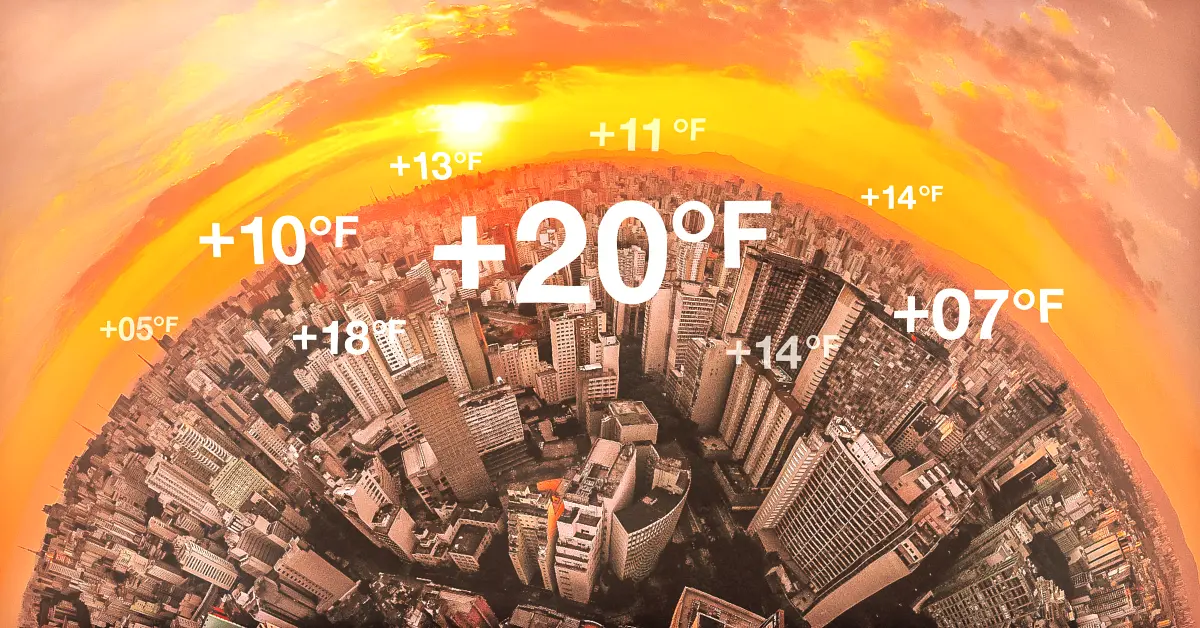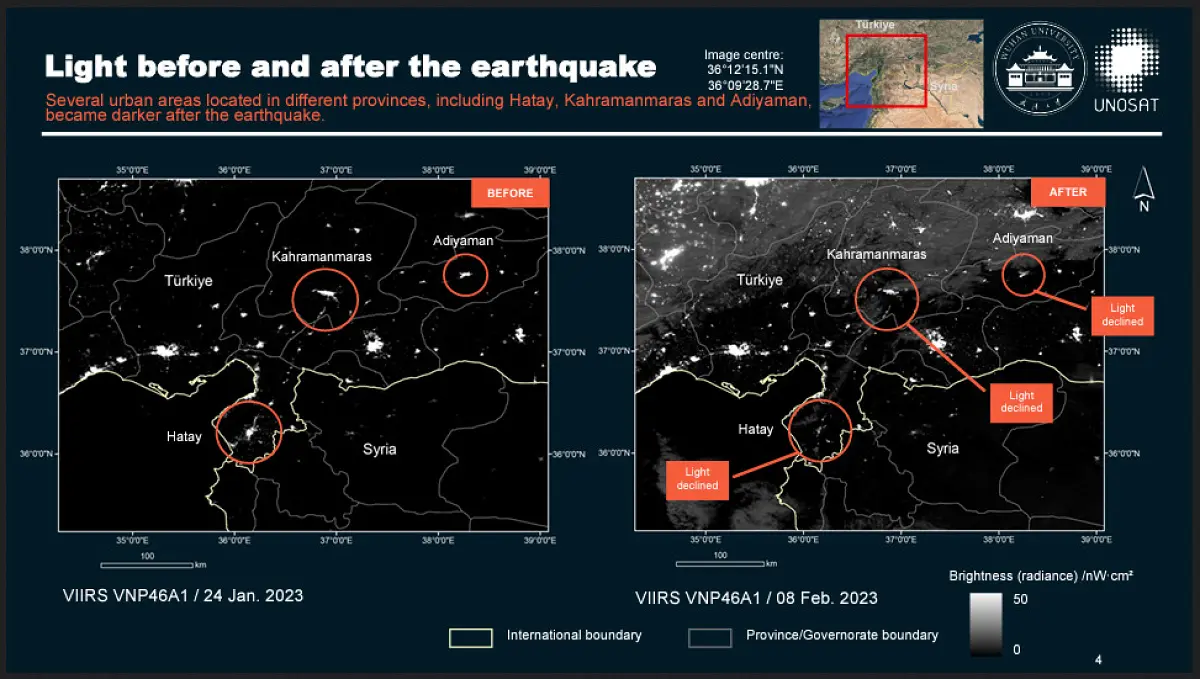Record-breaking heat intensifies global drought conditions
Continued dry conditions in key regions around the world were further exacerbated by record-breaking heat in July, according to the latest Global Drought Information System (GDIS) report.
Compiled by the US National Oceanic and Atmospheric Administration’s (NOAA) National Centers for Environmental Information (NCEI), with media reports provided by the National Drought Mitigation Center, the latest data underscores the escalating need for action to protect ecosystems, agriculture and vulnerable populations.
Africa
Africa continued to endure relentless heat, with July 2024 being the hottest July on record for the continent. This led to worsening drought conditions. The African Flood and Drought Monitor reported that 30% of the continent was in drought at the end of July, an increase from the previous month.
Agriculture across Africa is under severe stress, with satellite data showing low soil moisture and groundwater, particularly in the Maghreb and central to southern regions. The Famine Early Warning System Network (FEWSNet) highlighted ongoing food insecurity, especially in regions like Zimbabwe, where half the harvest has been destroyed by historic drought, putting 7.6 million people at risk of acute hunger.
Europe
Europe experienced a warmer-than-normal July. The European Combined Drought Indicator issued drought warnings across much of eastern Europe, the Mediterranean and parts of northern Europe.
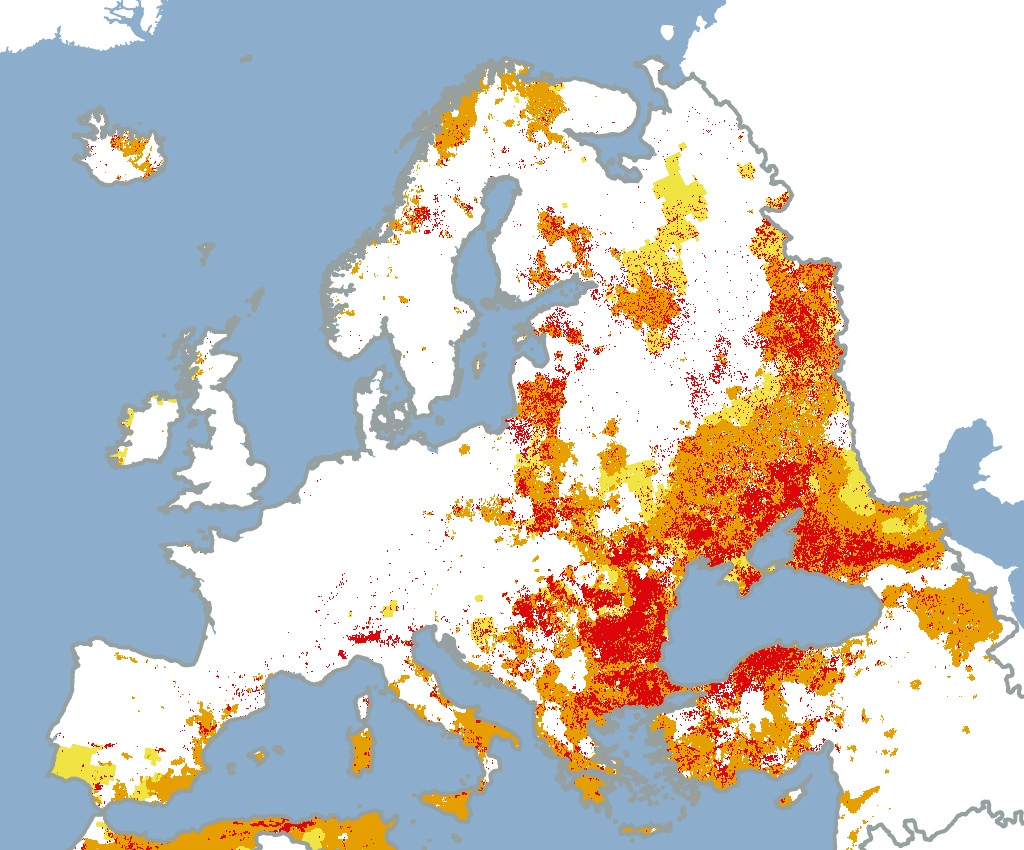
Image source: Copernicus Drought Observatories
Anomalous warmth over extended periods has exacerbated drought conditions, with Standardized Precipitation Evapotranspiration Index (SPEI) maps showing more intense and widespread drought, particularly in the Mediterranean. Agricultural sectors across Europe are facing unprecedented challenges due to the combined effects of high temperatures and prolonged drought.
Asia
July brought varied conditions across Asia, with much of the continent experiencing warmer-than-normal temperatures. The India Drought Monitor indicated that 23.1% of India was in drought at the end of July, consistent with the previous month.
Satellite observations revealed low soil moisture and groundwater across much of Southwest and Southeast Asia, northern India, China and Russia. The excessive warmth has significantly increased evapotranspiration, worsening drought conditions as shown by Evaporative Demand Drought Index (EDDI) and Evaporative Stress Index (ESI) maps.
Australia and New Zealand
Australia also faced drier-than-normal conditions across western, northern, and southeastern regions, including Tasmania. The Australian Bureau of Meteorology reported low streamflows and water storage levels, particularly in Tasmania and western and eastern Australia.
Satellite data indicated dry soils and low groundwater across southern to southwestern Australia and northern New Zealand. Vegetative health was poor in these areas, reflecting the ongoing drought stress.
South America
July 2024 marked the driest July on record for South America based on the 1940-2024 ECMWF ERA5 Reanalysis dataset. The Southern South America Drought Information System (SISSA) reported that 69.1% of Chile and Argentina were in drought or abnormally dry at the end of July, a significant increase from the previous month.
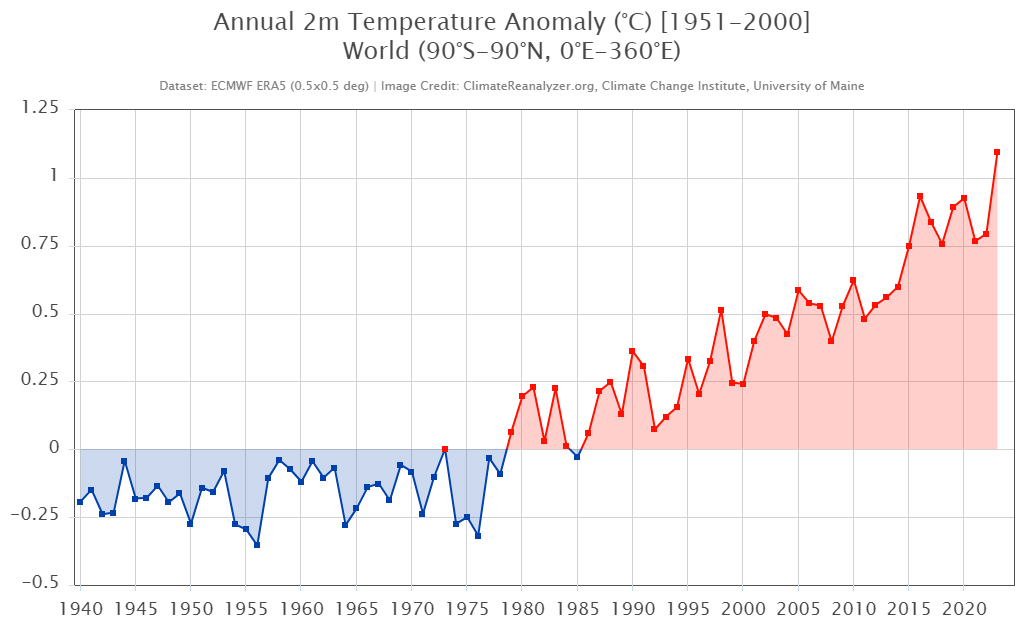
Image source: Climate Reanalyzer
The National Institute for Space Research (Inpe) noted a surge in fire hotspots in the Amazon, the most for any July since 2005, signaling an impending intense fire season.
North America and Central America
July 2024 was characterized by drier-than-normal conditions across northwestern Mexico, the western and central United States, and much of Canada. The month was the second warmest July on record for North America.
Satellite data showed extensive areas of low groundwater and dry soils across western to central Canada, parts of the US, and northern Mexico. The combination of low precipitation and high temperatures has led to poor vegetative health, as seen in Vegetative Health Index (VHI) analyses.
This information is based on global drought indicators available at the Global Drought Information System (GDIS) website, and media reports summarized by the US National Drought Mitigation Center. A more detailed report is available from the GDIS Global Drought Narrative.
Header image source: Africa Flood and Drought Monitor
